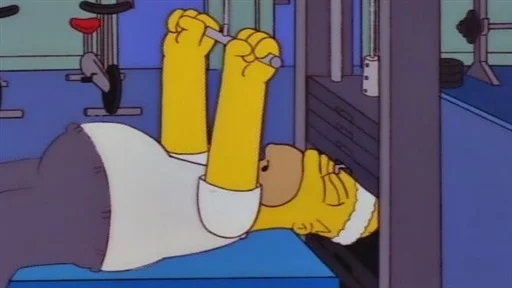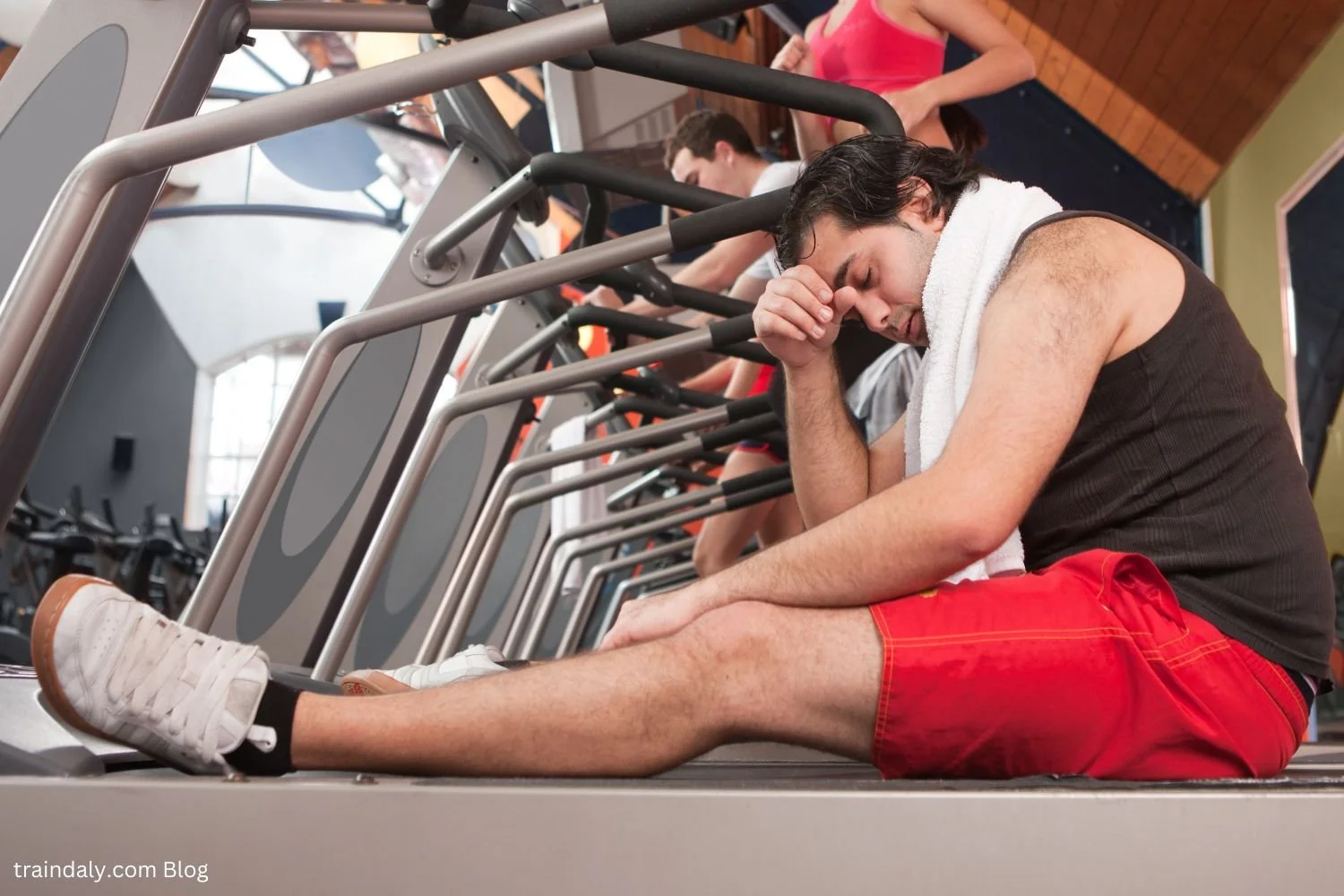Bonking in Training: What It Is and How to Prevent Hitting the Wall
/Cartoon character Homer Simpson collapsing from exhaustion, humorously illustrating bonking in training
How often have you jumped into a new workout routine full of motivation—only to crash halfway through? I’ve seen it happen countless times. You feel strong, maybe even unstoppable… until suddenly, you’re lightheaded, your legs turn to jelly, and your drive vanishes.
This overwhelming fatigue has a name: bonking.
Also known as “hitting the wall,” bonking is more than just a tough workout. It’s a physiological shutdown—and if you’ve experienced it, you know how discouraging it can feel.
Let’s break it down: What is bonking, why it happens, what bonking symptoms feel like, and most importantly - how to recover from bonking and prevent it in the future.
What Does Bonking Mean?
Athlete experiencing fatigue and dizziness during workout, illustrating what bonking means in training
Bonking is a term athletes use when the body runs out of fuel mid-workout—specifically, when glycogen stores in the liver and muscles are depleted. Without enough available energy, your body can’t keep up with the demands of exercise, and things can go downhill quickly.
In plain terms, bonking is your body waving a white flag.
Bonking definition: A state of extreme physical and mental fatigue due to low blood sugar, depleted glycogen, dehydration, or electrolyte imbalance during prolonged or intense exercise.
Bonking Symptoms: What Does It Feel Like?
If you’re wondering, “what does bonking feel like?”—here’s how it often shows up:
Physical Symptoms
Sudden dizziness or lightheadedness
Nausea or even vomiting
Muscle weakness or trembling
Heavy legs or sluggish movement
Inability to sustain effor
Mental Symptoms
Confusion or brain fog
Irritability or anxiety
Loss of motivation or focus
Overwhelming frustration or despair
It’s important to note: these symptoms usually pass once your body is refueled and rehydrated—but in the moment, it can feel like hitting a wall both mentally and physically.
Why Does Bonking Happen?
From my coaching experience, bonking often follows the same recipe—especially in athletes returning to training after a break:
Dehydration: Even mild dehydration reduces blood volume, impairing your body’s ability to cool itself and deliver oxygen and nutrients efficiently.
Glycogen depletion: Carbohydrates fuel your muscles during exercise. Without enough in the tank, your body can't keep up.
Electrolyte imbalance: When you sweat without replacing lost sodium, potassium, and other minerals, it affects nerve and muscle function.
Orthostatic hypotension: In early training phases, your muscles “hog” the blood supply, leaving less for the heart and brain. This causes lightheadedness or nausea—often mistaken for overexertion.
When these issues overlap, that’s when you bonk.How to Recover From Bonking
Athlete resting and rehydrating after workout to recover from bonking
How to Recover From Bonking
If you’ve already hit the wall, here’s how to bounce back safely:
Stop and Rest
Give your body a moment to catch up. Sit or lie down if needed.Hydrate Smartly
Reach for water or a low-calorie sports drink. Electrolyte-enhanced fluids help restore balance faster than plain water alone.Refuel Quickly
A fast-acting carb like a banana, energy gel, or a few sips of sports drink can help replenish glycogen and blood sugar.Eat a Balanced Meal
Within an hour, eat a recovery meal with carbs, protein, and a little fat to stabilize energy levels and kickstart recovery.
How to Prevent Bonking
Preventing bonking starts before your workout even begins. Here’s how I coach athletes to stay ahead of the crash:
1. Hydrate All Day
If you’re thirsty, you’re already behind. I encourage my athletes to sip water steadily throughout the day - not just before training. In longer or intense sessions, a sports drink can help maintain electrolyte balance.
2. Fuel Up
Your body needs carbs to perform. A solid pre-workout snack like toast with nut butter or a banana with yogurt - can help top off glycogen stores. For sessions longer than 60–75 minutes, plan to refuel mid-workout.
3. Ease Into Training
Going all-out too soon is one of the fastest ways to bonk. Build your training volume and intensity gradually. This gives your cardiovascular system time to adapt and your energy systems time to catch up.
4. Limit Alcohol and Caffeine
Both can dehydrate you and mess with your blood sugar regulation. If you're prone to bonking, go easy on both before workouts.
Preventing bonking starts before your workout even begins. Here’s how I coach athletes to stay ahead of the crash:
My Coaching Take on Bonking
In over 20 years of coaching swimmers, I’ve seen how frustrating bonking can be—especially for athletes just getting back into training. That’s why I take a fundamentals-first approach: technique, recovery, hydration, and smart fueling.
Bonking doesn’t mean you’re out of shape—it means your body needs better preparation. I’ve helped athletes build sustainable, smart training habits that keep energy levels high and setbacks low.
Final Takeaway: Don’t Let Bonking Break Your Momentum
Bonking is avoidable. With the right habits around hydration, fueling, and pacing, you can sidestep the wall and keep progressing in your training.
If you’ve been frustrated by mid-workout crashes, I can help. My coaching programs are built to match your goals, body, and experience level—so you can train smarter, not just harder.
Ready to Stop Hitting the Wall?
Let’s build a plan that keeps you energized.



